How to Date a Case Knife: Expert Tips for Collectors
Are you curious about how to date a Case knife? Whether you’re a collector or just starting, knowing how to find the age of a case knife is key. It can be tricky, but you can quickly identify when a knife was made with the right tips.
The secret lies in Case knife identification and using details like serial numbers and stamp identification. These clues tell you the knife’s history and value. If you have vintage Case knives or rare finds, it can be even more critical to date them correctly.
You can learn how to spot rare Case knives and understand their worth with a few simple steps. This guide will make it easy for you to become an expert in dating these knives. Let’s explore how to uncover the story behind your knife and why it matters!
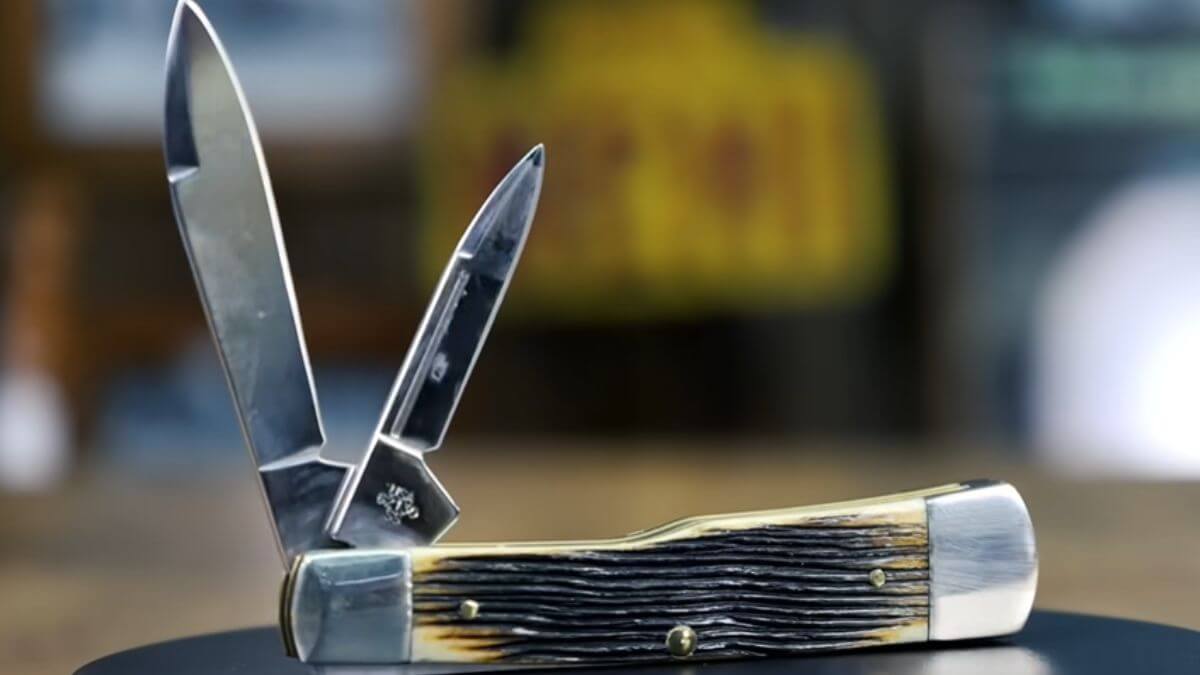
Introduction To Case Knife
Case knives are well-loved by collectors and outdoor enthusiasts. These knives are known for their quality and craftsmanship. Date a Case knife can be a rewarding experience, unveiling its rich history and value.
History And Origins of Case Knife
The W.R. Case & Sons Cutlery Company began in 1889. Four brothers started the company in upstate New York. They were known as the Case Brothers. Over the years, the company moved to Pennsylvania, where it remains today.
Case knives are part of American history. During World War II, they supplied knives to the U.S. military, which increased their reputation for durability and reliability.
Popularity Among Collectors
Case knives are popular among collectors for many reasons. Their unique tang stamps help identify the knife’s age. Each tang stamp tells a story of its production year and place.
Case knives are unique because of the variety of handle materials and patterns. Collectors enjoy finding rare and limited-edition pieces. Some knives feature bone, stag, or even mother-of-pearl handles.
Case knives are unmatched in quality. They use high-grade steel and meticulous craftsmanship, ensuring each knife is functional and a work of art.
Year | Tang Stamp |
1940-1964 | CASE XX |
1965-1969 | CASE XX USA |
1970-1979 | Dots below USA |
Identifying Authentic Case Knives
Identifying an authentic Case Knife can be challenging. These knives have distinct features that can help. Knowing these features ensures you have a genuine Case Knife.
Hallmarks And Stamps
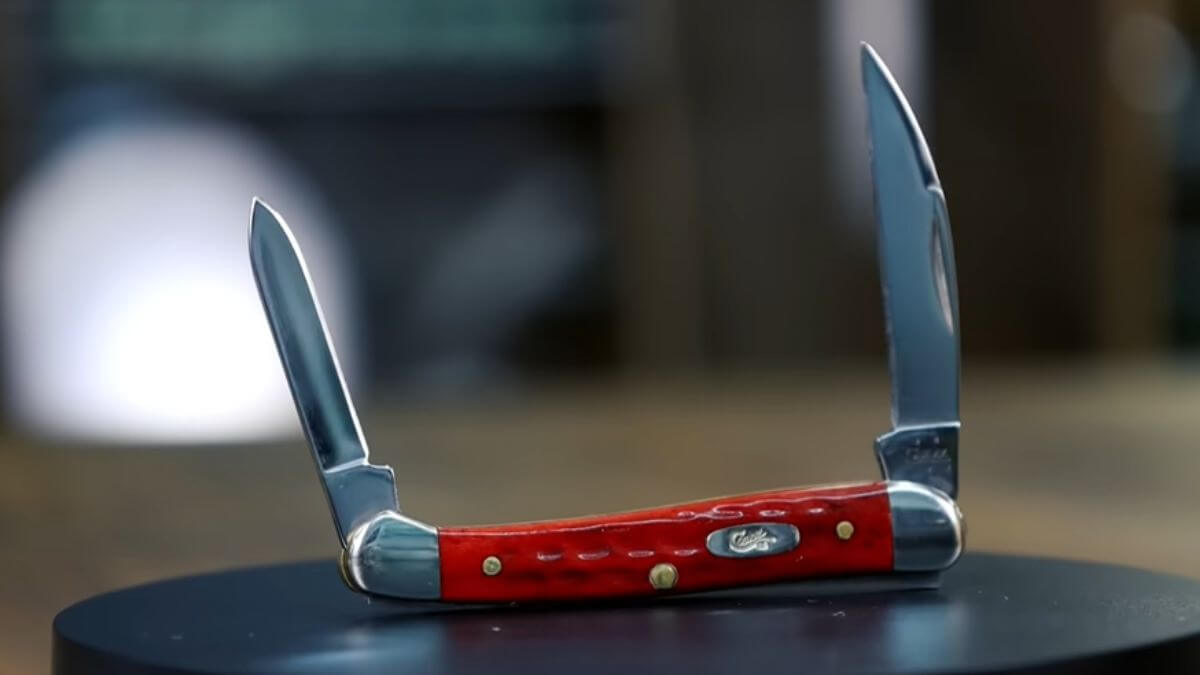
Case Knives have unique hallmarks and stamps. These marks often include the brand name, model number, and year of manufacture.
Look for the following stamps:
- Case XX – This is a standard marking.
- USA – Indicates the knife was made in the United States.
- Pattern Number – A unique number that identifies the knife’s model.
The stamps are usually located on the blade tang. The tang is the part of the blade that extends into the handle. Check both sides of the tang for stamps.
Blade Materials And Shapes
Case Knives come in various blade materials and shapes. The blade material can affect the knife’s durability and performance.
| Material | Characteristics |
| Stainless Steel | Resistant to rust and easy to maintain. |
| Carbon Steel | Holds a sharp edge but can rust if not cared for. |
Case Knives also feature various blade shapes. Different shapes serve different purposes.
- Clip Point – Ideal for detail work.
- Drop Point – Versatile and robust.
- Sheepsfoot – Great for slicing tasks.
Knowing these features will help you identify an authentic Case Knife.
Dating Methods For Case Knives
Want to know the age of your Case knife? Use various dating methods to find out. This guide helps you understand these methods.
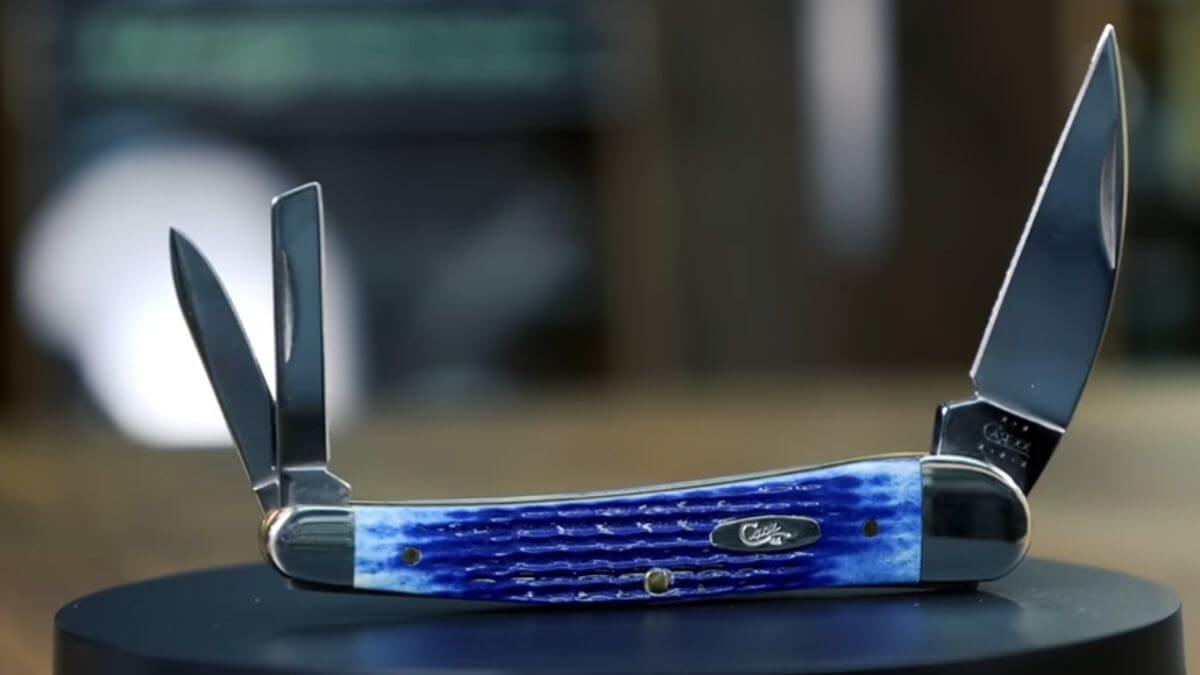
Tang Stamp Guide
Case knives have a tang stamp on the blade, which shows important information. The company logo and date codes are also available here.
Each tang stamp design tells you the knife’s age. Look at the style and details, then compare them with a chart showing different stamps used over the years.
| Year Range | Tang Stamp Design |
| 1905-1920 | CASE’S BRADFORD, PA. |
| 1920-1940 | CASE TESTED XX |
| 1940-1964 | CASE XX USA |
Use the table to match your knife’s stamp. This helps you determine the manufacturing period.
Pattern Codes And Dating
Case knives also have pattern codes, which tell you the knife’s model and features. The pattern code is usually a combination of letters and numbers on the blade or handle.
Break down the pattern code to understand it:
- The first number shows the number of blades.
- The letters show the handle material.
- The last numbers show the knife pattern.
For example, the code “6207” means:
- 6 – Two blades
- 2 – Jigged bone handle
- 07 – The knife pattern
Knowing pattern codes helps you identify and date knives more accurately. Collectors use tang stamps and pattern codes to provide precise dating information.
Evaluating Knife Condition
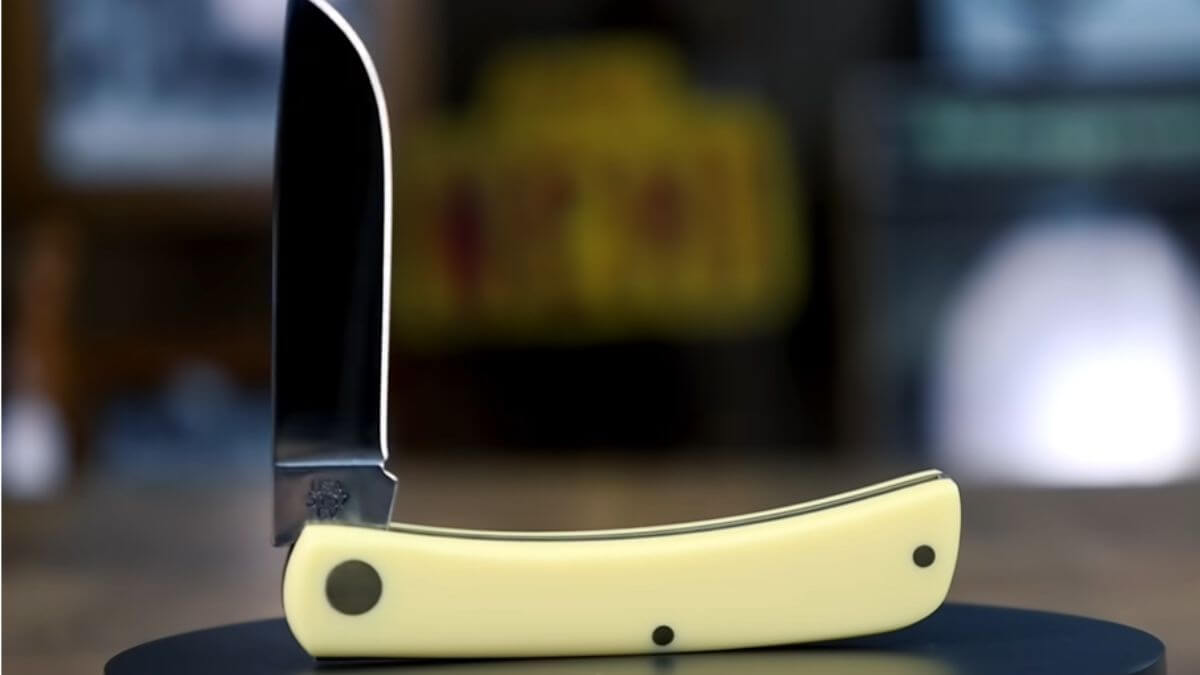
Evaluating the condition of a Case knife is critical for dating it accurately. The condition reflects its history and can impact its value. Here are key areas to examine:
Blade Wear And Damage
Inspect the blade for signs of wear and damage, including scratches, nicks, and rust. A shiny, well-maintained blade may indicate a newer knife, but older blades wear more due to years of use.
- Scratches: Small scratches can indicate regular sharpening.
- Nicks: Deep nicks may show heavy use or poor maintenance.
- Rust: Surface rust might be cleaned off, but deep rust damages the blade.
Use a magnifying glass to check the blade’s edge. A smooth, sharp edge shows good care, while a jagged edge suggests improper handling.
Handle Materials And Integrity
Handles are made of various materials, such as bone, wood, and synthetic. Examine the handle for cracks, chips, and discoloration. A well-preserved handle might indicate a newer knife or one that is cared for.
| Material | Common Issues |
| Bone | Cracks and discoloration |
| Wood | Splitting and warping |
| Synthetic | Fading and brittleness |
Check handle’sle’s integrity. Make sure it is firmly attached to the blade. Loose handles can indicate age or poor maintenance.
Preserving And Storing Your Collection
Preserving your Case knife collection is crucial for maintaining its value and beauty. Proper care ensures your knives last for generations. Follow these steps to keep your collection in top shape.
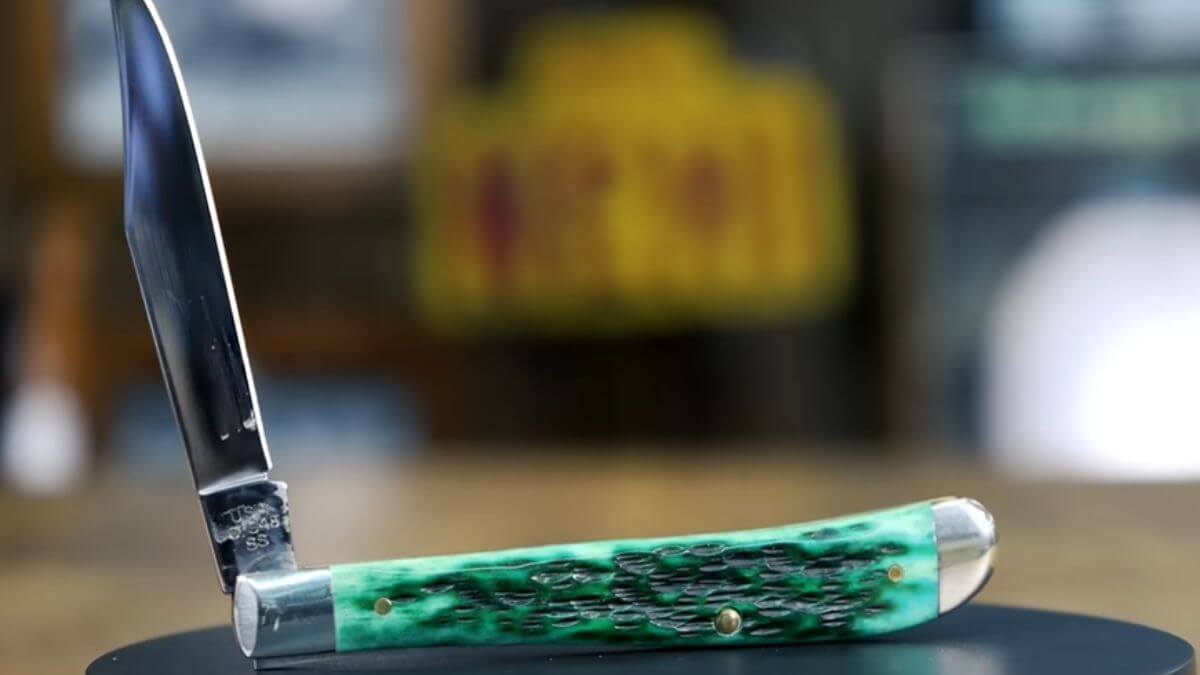
Cleaning Techniques
Cleaning your knives is the first step in preservation. Use a soft cloth and mild soap to clean the blade. Avoid harsh chemicals that can damage the steel.
For stubborn rust, use a rust remover. Apply it gently to avoid scratching. Clean the handle with a damp cloth. Dry thoroughly to prevent water damage.
- Use a soft cloth for cleaning.
- Avoid harsh chemicals.
- Remove rust gently with a rust remover.
- Clean handles with a damp cloth.
- Dry thoroughly after cleaning.
Storage Solutions
Proper storage is critical to preserving your Case knives. Store them in a cool, dry place, away from high humidity or direct sunlight.
A display case is an excellent way to store and showcase your collection. Ensure the case has a soft lining to prevent scratches. Avoid storing knives in leather sheaths long-term. Leather can retain moisture, leading to rust.
| Do’s | Don’ts |
| Store in a cool, dry place | Avoid high-humidity areas |
| Use a display case with soft lining | Don’t store in leather sheaths long-term |
| Keep away from direct sunlight | Avoid placing near heat sources |
Building A Valuable Collection
Building a valuable collection of Case knives involves understanding their unique history and craftsmanship. Whether you’re a seasoned collector or a newcomer, dating knives is essential. This will help you identify rare pieces and make informed purchases. Below, we will explore critical aspects to help you build a valuable collection.
Finding Rare Pieces
Finding rare Case knives can be exciting. These knives often have unique markings and features that make them stand out. Here are some tips to help you locate these treasures:
- Research: Study the different Case knife models and their history.
- Examine: Look for knives with unusual tang stamps or limited editions.
- Condition: Ensure the knife is in good condition. This affects its value.
You can discover rare knives that will enhance your collection using these tips.
Networking With Other Collectors
Networking with other collectors is more than just a means to an end. It’s about building a community, gaining valuable insights, and discovering new opportunities. Connecting with others who share your passion can lead to discovering new pieces and learning more about the hobby.
Here are some practical ways to network:
- Join Forums: Participate in online forums dedicated to Case knives.
- Attend Events: Go to knife shows and collector meet-ups.
- Social Media: Follow and engage with Case Knife groups on platforms like Facebook.
While networking can be rewarding, it’s essential to be cautious. Always verify the identity and reputation of the people you’re dealing with, especially when making transactions or sharing personal information.
By taking these precautions, you can enjoy the benefits of networking while minimizing potential risks.
Related: How to Date a Kissing Crane Knife
How to Date Hen And Rooster Knives
Conclusion
Understanding how to date a Case knife enhances its value and history. Use tang stamps and handle materials for clues. Catalogs and expert forums also offer valuable insights. With practice, you’ll master the art of dating Case knives. Enjoy your journey into the fascinating world of knife collecting!
Frequently Asked Questions
The tang stamp is a slight marking on the blade, indicating the knife's production year.
Case knife codes are read by interpreting the numbers and letters on the tang stamp.
Date codes are located near the handle on the tang of the knife blade.
You can identify a Case knife's age by examining the tang stamp markings.
Related Posts
-
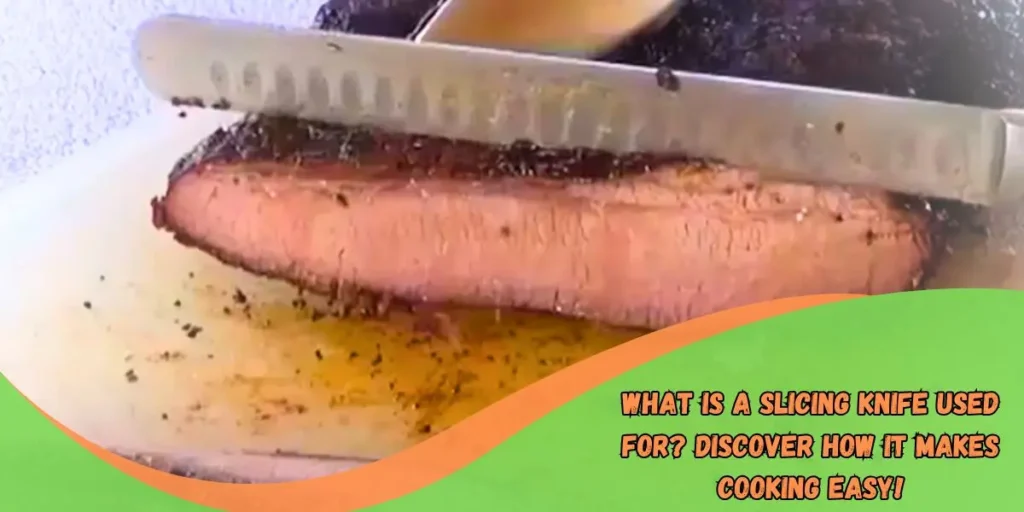 What Is a Slicing Knife Used For? Discover How It Makes Cooking Easy!
What Is a Slicing Knife Used For? Discover How It Makes Cooking Easy! -
 What knives does Gordon Ramsay use? Check out his premium knives
What knives does Gordon Ramsay use? Check out his premium knives -
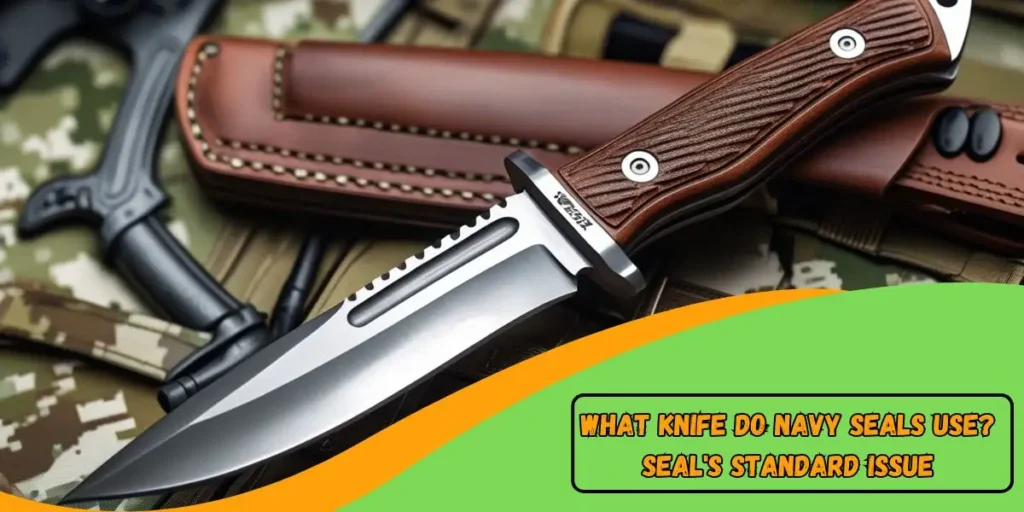 What Knife Do Navy Seals Use? SEAL's Standard Issue 2025
What Knife Do Navy Seals Use? SEAL's Standard Issue 2025 -
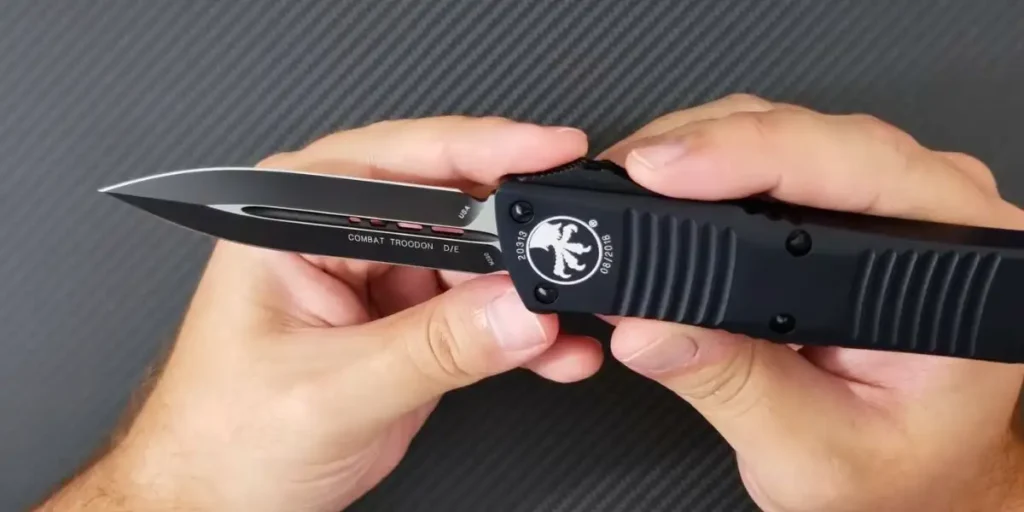 What Knife Does John Wick Use? Learn About His Deadly Blade
What Knife Does John Wick Use? Learn About His Deadly Blade -
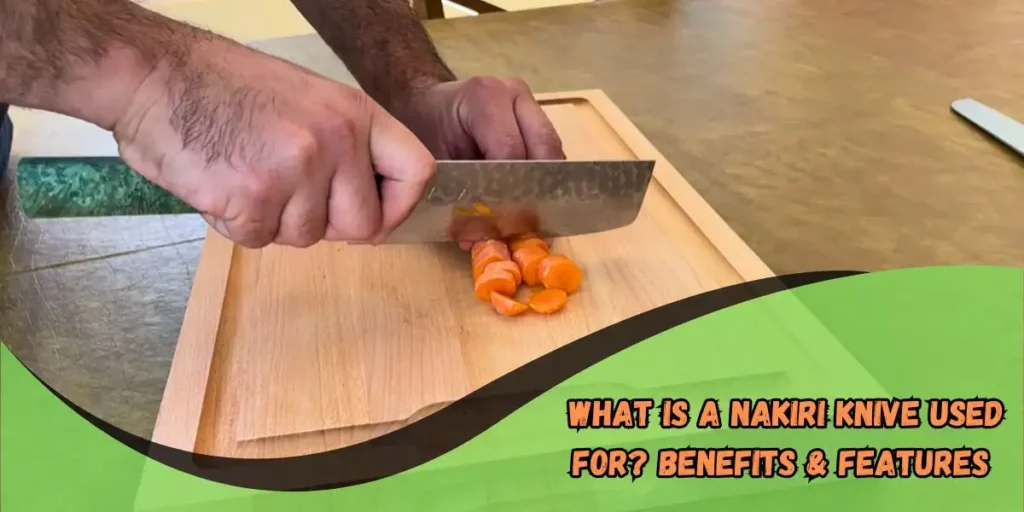 What is a Nakiri Knives Used For? Benefits & Features Explained
What is a Nakiri Knives Used For? Benefits & Features Explained -
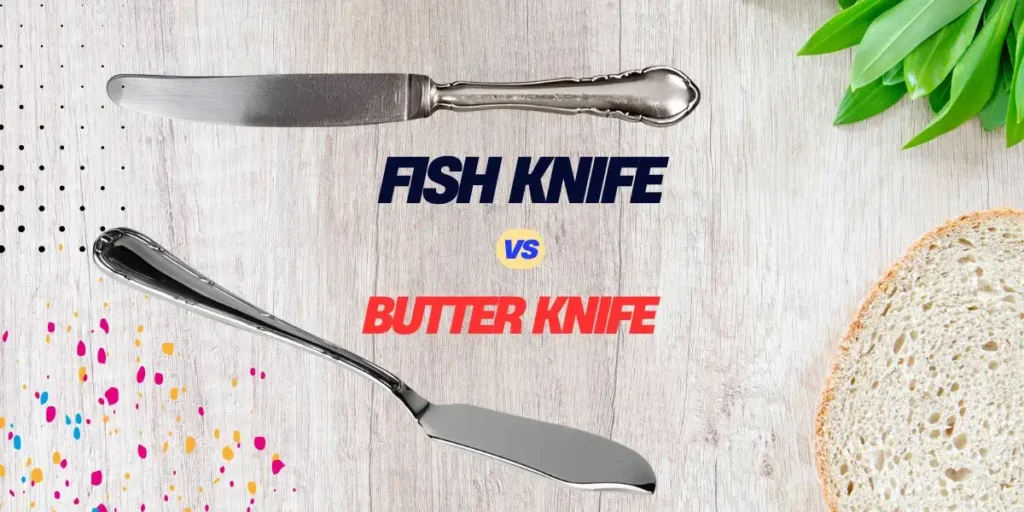 Fish Knife vs Butter Knife: Key Differences and Uses Explained
Fish Knife vs Butter Knife: Key Differences and Uses Explained -
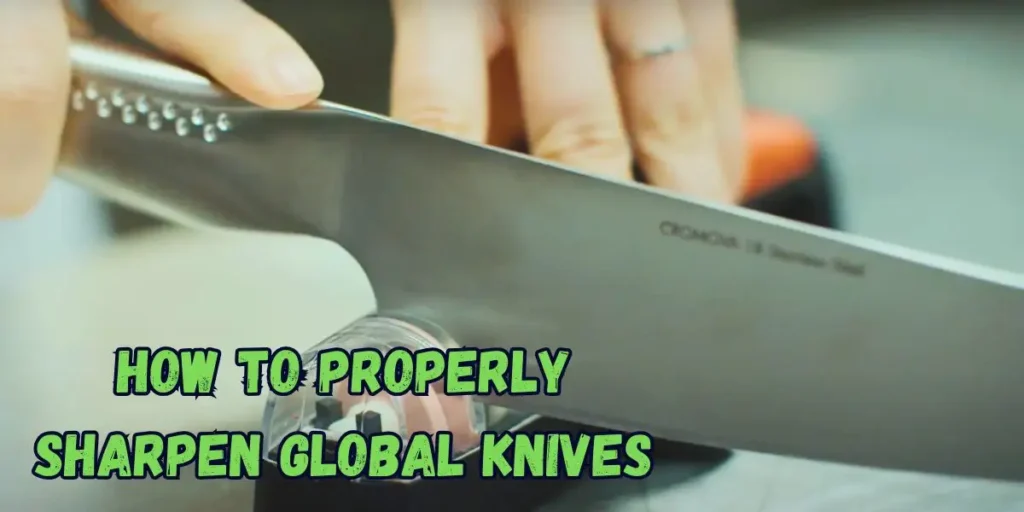 How to Sharpen Global Knife: A Quick Guide 2025
How to Sharpen Global Knife: A Quick Guide 2025 -
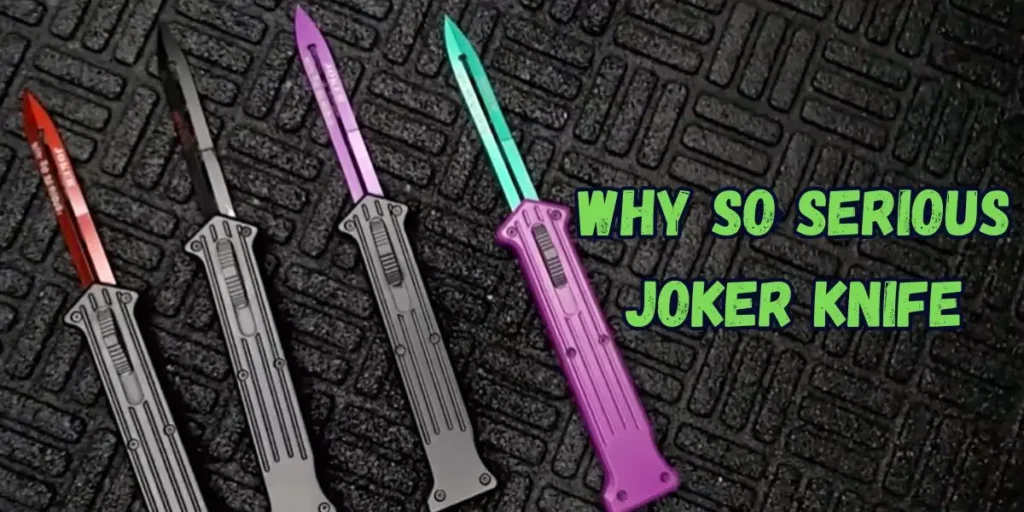 Decoding the Iconic Why So Serious Joker Knife
Decoding the Iconic Why So Serious Joker Knife -
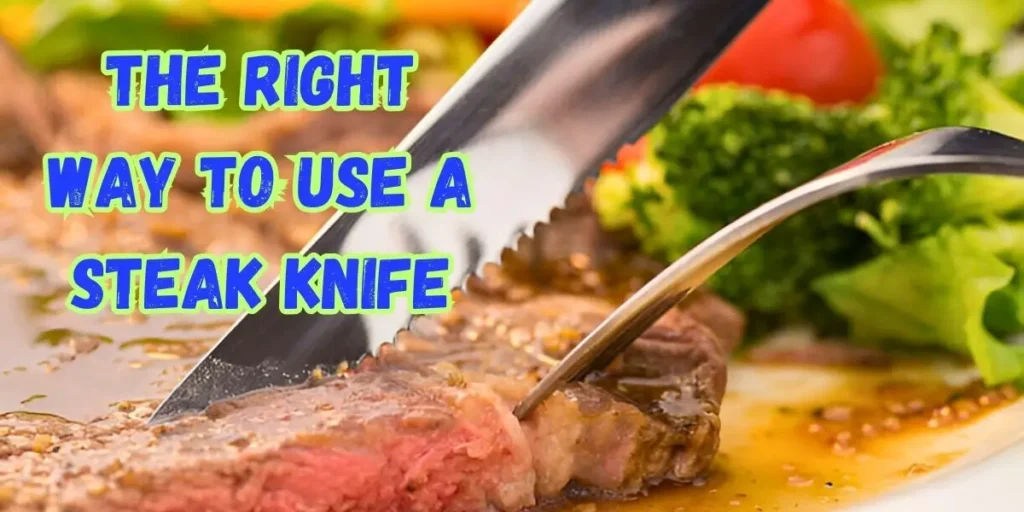 The Right Way to Use a Steak Knife: Tips and Tricks
The Right Way to Use a Steak Knife: Tips and Tricks -
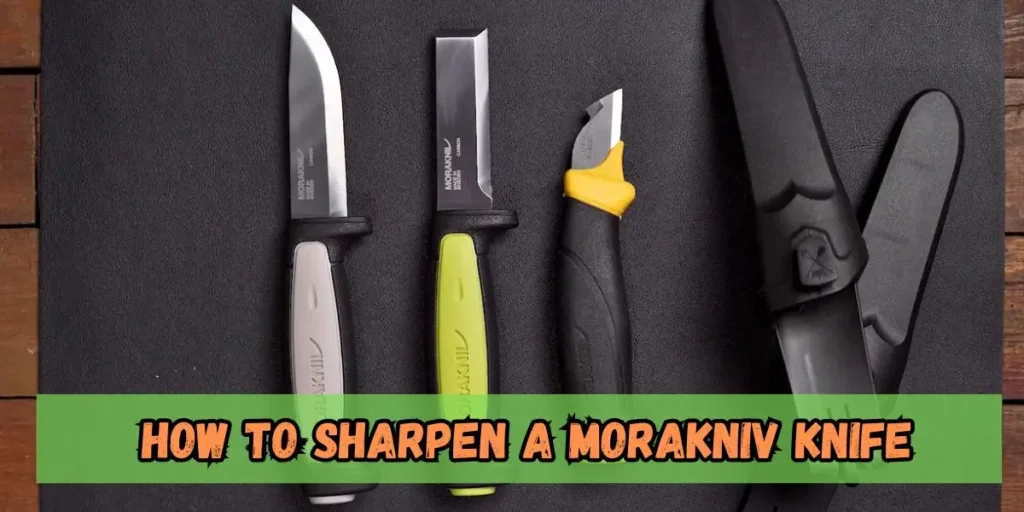 How to Sharpen a Morakniv Knife Safely and Effectively
How to Sharpen a Morakniv Knife Safely and Effectively

